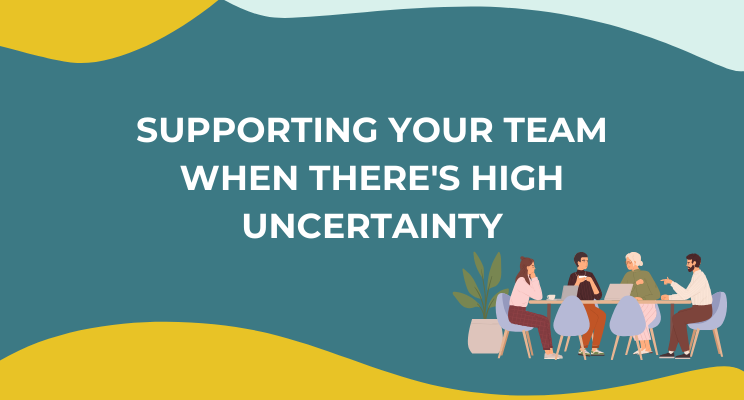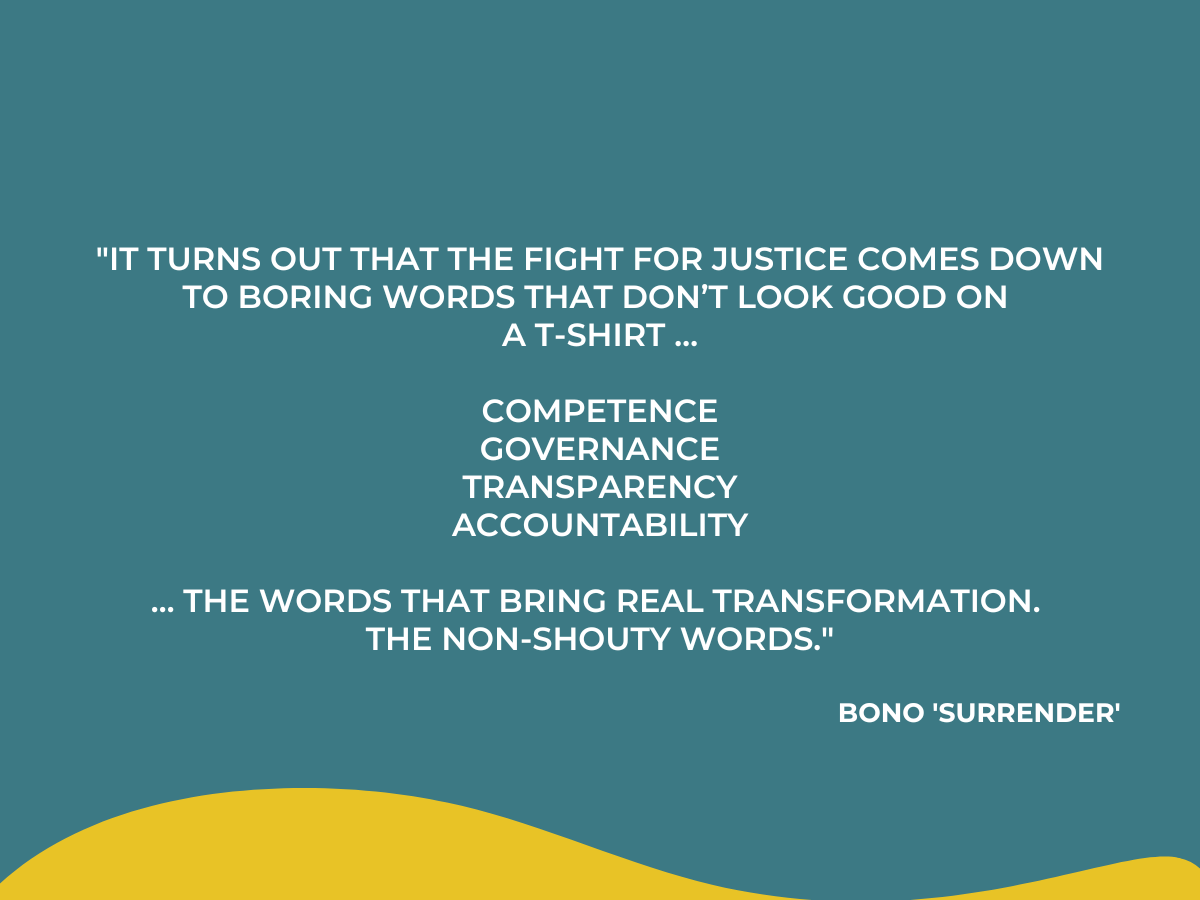The great writer, poet and philosopher Arthur Koestler once maintained that nothing is more sad than the death of an illusion. We disagree. As Organisational design professionals, we believe that part of our work is to slay illusions so that we gain a more comprehensive view of the whole system. Being able to ‘see the system’ more clearly becomes even more important in the volatile, uncertain, complex and ambitious times in which we now live and work.
Over the years there has been much debate about how greater system awareness can be fostered. Anyone familiar with OD will be conscious of two schools of thinking: Diagnostic OD and Dialogic OD. Diagnostic OD is associated with a modernist mindset, as it uses diagnostic instruments to uncover what needs to be changed before planning how to achieve an end state. Dialogic OD on the other hand takes a postmodern mindset, believing that greater system awareness occurs through conversational and relational processes of inquiry that in themselves create change. Both approaches now need to be developed further as we understand and take on board the newest insights and research in the areas of cognitive psychology and neuroscience.
This research, which is robust and spans over three decades, tells us that our perception of situations are distorted by over 100 unconscious biases or thinking errors. No matter what your preferred OD approach is, knowing about these biases and recognizing them in yourselves and others is key. Why? Because it opens up totally new vistas into the system.
For example, from a diagnostic OD perspective this means gaining an understanding of how these biases can distort the diagnostic instruments we use. Numbers and ‘facts’ are not as pure as we like to think they are and certainly don’t tell the whole story. In a dialogic OD context this involves being super vigilant in group discussions about how unconscious bias distorts discussion outcomes. Knowing about these biases and learning how to recognizing them in ourselves and others should therefore be an essential skill set of an OD professional. In the light of these newest findings, the often quoted mantra of OD that ‘the people are not the problem, the problem is the problem’ has to be revised to ‘the people are not the problem, the problem is the problem AND our perception of the problem.’
In our three decades of practice as OD professionals we have seen great value in both a diagnostic and dialogic approaches, but have come to understand that both create illusions that blind us from seeing the system better. The time has come to add a third leg to the OD stool – Discerning OD – which draws from the deep well of research in cognitive psychology and neuroscience and helps us understand the work of the unconscious in shaping our thinking and decision making.
If OD practitioners are to be relevant and impactful in organisations, we need to become illusion slayers. But are we up for this challenge?
p.s. If you want to know more about the work of the unconscious in shaping our thinking and decisions you can:
1 – read Risky Business: Unlocking Unconscious Biases in Decisions
2 – go to our resources page
3 – get in touch with us




